
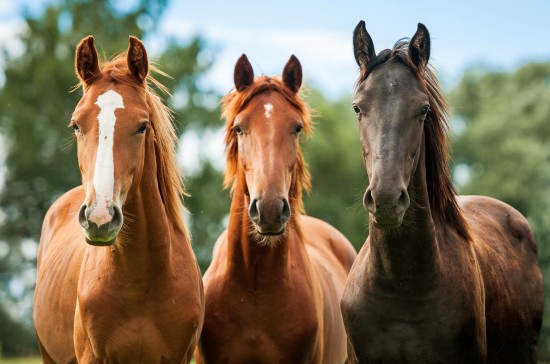
The evolution of the horse is written in the skeleton, especially in their teeth. As any horse owner will tell you horses are driven by their stomach, and their evolution is driven by the change in the landscape of North America over the past 55 million years, from rain forests and the spread of grass lands 18 million years ago.
The first horses that roamed those early rain forests were small creatures that looked more like a medium dog than a horse. They had 4 toes and low crowned teeth, characteristic of fruit eaters. So how did these fox like creatures evolve to become the huge beasts of burden we know today.
Grass is an amazing plant, that literally changed the world. Unlike other plants it grows from the base rather than the tip. Chop the head off a daisy and the growth stops, mow the grass and it carries on growing. But grass is tough, there is very little nutritional value in those blades, and there are tiny grains of silicon lacing every strand. To survive on grass an animal needs teeth that grow constantly, and a long digestive system to absorb every morsel of nutrition from the food. Grazing animals rarely stop grazing, this head down constant eating puts them at risk from predators. To help keep them safe grazing animals stick together, the more individuals that are around the more eyes there are to look out for each other. Eyes which can almost see behind them, and a run first ask questions later attitude helped keep those grazing animals one step ahead of the evolving predators.
These herds however can strip an area of the grass in a few weeks, so the herds move constantly, leading to the migrations that we know of today.
This story of evolution is written loud and clear in the horses teeth. From those low crowned teeth with cusps for eating fruit of 55 Million years ago, around 33 million years ago their teeth became pointed, designed for eating leafs off the branches of the forest and bushes that had replaced the rain forest. But fossils from 18 million years ago show their teeth had changed drastically, becoming taller and the surface of the molars better adapted for grinding grass. The leaf eating species of horses seem to be around in the fossil record for while before vanishing, leaving only the grass eating species we know today.
This evolutionary change hasn’t been reversed in the approximately 8000 years since we domesticated those first wild horses, and won’t be changed for millions of years, but the food we give them has. The change from grass to other feeds mean that horses no longer eat continually. Mean we as owners need to keep up with the dental work and keep on top of these continually growing teeth.
The earliest ancestor of the horse that we know had 4 toes, so why does our horses of today only have one single toe. The answer is in running, a slow horse would be the first to get eaten on those early plains, so only the fastest survived to pass on their genes, but a slow predator is unable to catch food, and only the fastest of each generation catching enough food to live and reproduce. Every generation gets that little bit faster, and horses speed comes from those long powerful legs. Each generation stretching out those long legs a little further until the side toes where lost, they still exist in the bones of the hoof. The species of horse that never moved out of the forests onto the grass plains held on to their extra toes, 3 toed horses roamed the forests until about 9 million years ago.
The horse has 18-20 million years of forage eating in the evolution of its digestive system. The stomach and small intestines can receive a nearly continuous flow of small amounts of food, whilst the large intestine has adapted to extract extra nutrition from the fibre in the food they eat.
Since man first domesticated the horse we have tried to reduce the amount of time they spend grazing, feeding concentrated food to allow time for the horse to be working. But horses digestive systems are not designed for these fats and cereals to be the main part of their diet, and concentrated feeding can lead to dietary imbalances.
Horses can’t digest carbohydrates as well as some other mammals, but they can ‘ferment’ dietary fibre, microorganisms in the hindgut break down the cellulose that mammals cannot digest, and provide a source of energy that can be used by horses and other grazers.
One major issue the more concentrated diet may lead to comes from the amount of time horses grazing on pasture spend chewing their food. As well as grinding down the food chewing produces salvia, this salvia is high in bicarbonate which is vital to buffer the acid secretions in the stomach. So next time your horse drools all over you, or wipes green dribble on your shoulder remember that’s the equivalent of an antacid for horses.
Since they’ve evolved to eat constantly, horses stomachs produce acid constantly, grazing allows horses to produce salvia to buffer this acid, and reduce the risk of the horse getting gastric ulcers and other digestive disorders.
Horses may have first appeared on the grass plains of North America, but they soon spread across Europe and Asia. 10 000 years ago horses disappeared from North America, caused by a combination of climate change and early man hunting them for meat. It wasn’t until European settlers arrived that horses returned to their evolutionary birth place.
We have domesticated the horse, and they have helped carry our civilisation forward, but they have millions of years of evolution that runs deeper than the changes we have made in the brief time we have worked with them.
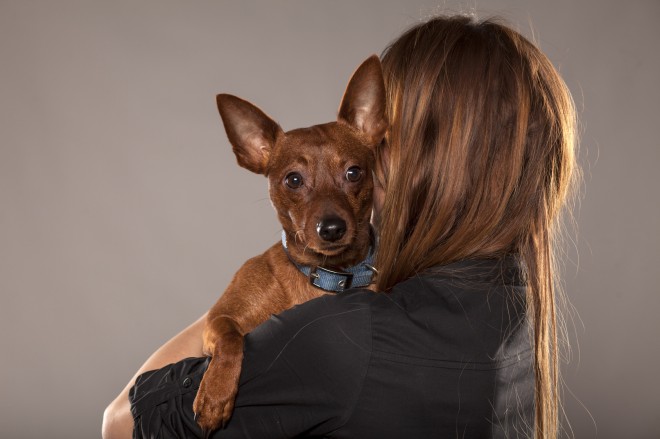 Things You May Be Getting Wrong With Your Dog
Things You May Be
Things You May Be Getting Wrong With Your Dog
Things You May Be
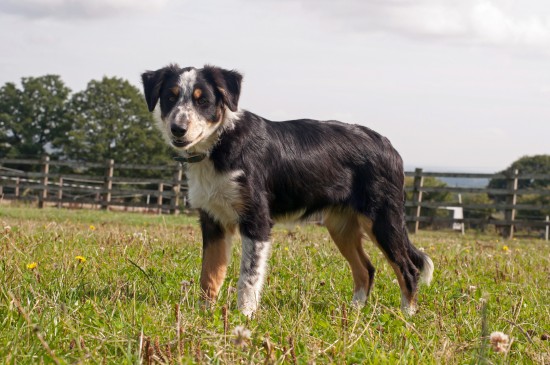 Keeping Herding Dogs Happy
Keeping Herding D
Keeping Herding Dogs Happy
Keeping Herding D
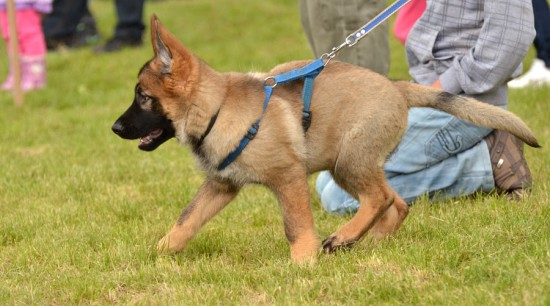 Puppy Problems - Nipping, Jumping Up, Barking, Housetraining And Socialising
Puppy Problems -
Puppy Problems - Nipping, Jumping Up, Barking, Housetraining And Socialising
Puppy Problems -
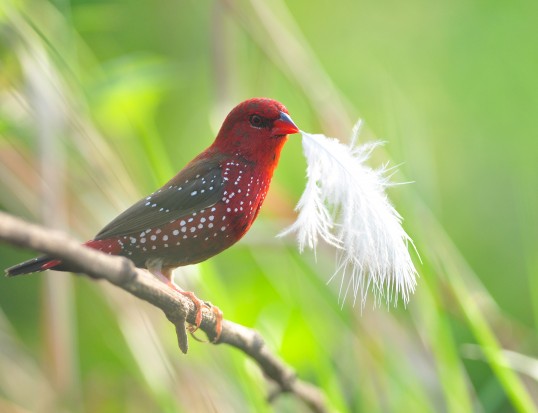 Strawberry Finch Family
Strawberry Finch
Strawberry Finch Family
Strawberry Finch
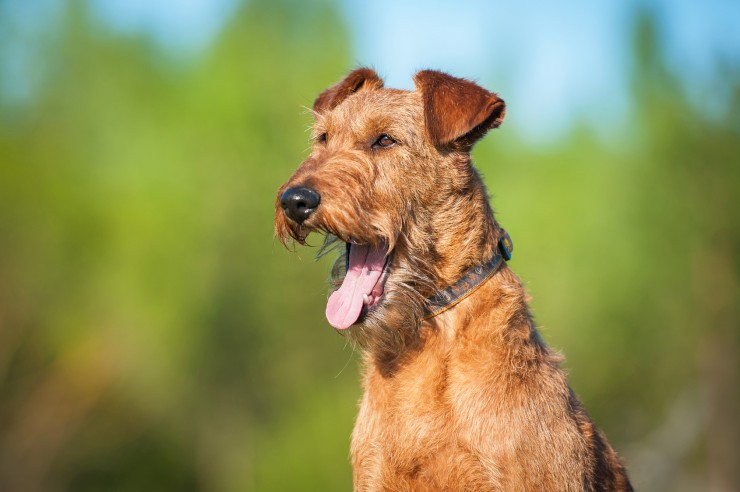 The Differences Between Parvovirus And Canine Distemper
The Differences B
The Differences Between Parvovirus And Canine Distemper
The Differences B
Copyright © 2005-2016 Pet Information All Rights Reserved
Contact us: www162date@outlook.com